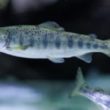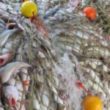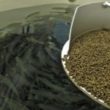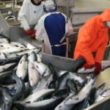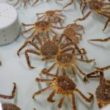FeedCtrl
Building competence along the feedfish-waste axis
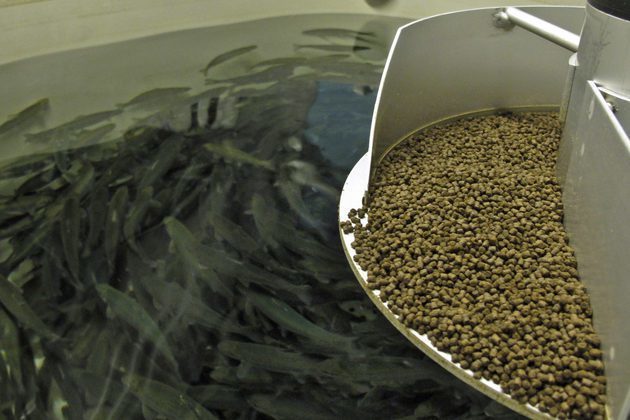
The aim of this project is to shed light on the relationship that exists between feed ingredients, feed technology and sludge, and how this can help increase the utilisation of feed resources and also improve water quality in land-based facilities (RAS).
Start
01. Jan 2022
End
31. Dec 2024
Funded by
Nofima
Project Manager(s):
Other Participants:
Tor Andreas Samuelsen
André Sture Bogevik
Andre Meriac
René Alvestad
Background
A significant proportion of the feed’s nutrients and energy is turned into feed waste and faeces that accumulate as sludge in land-based facilities.
Nofima has developed technology with the potential to collect and separate feed waste and faeces so that the feed waste can be recycled into the tanks, and all feed is eaten by the fish.
This requires feed that consists of stable pellets, and efficient collection of faeces also requires that the faeces has a firm consistency. It will be possible to achieve zero feed waste by optimising the feed.
Efficient collection of faeces without additional water will reduce energy consumption, and will also improve water quality in RAS facilities.
Goals
The main goal of the project is to develop methods and knowledge that will help ensure that all feed in a land-based facility is eaten, faeces is collected efficiently and the sludge consists only of faeces.
When all particles are filtered out efficiently, this will also improve water quality in RAS.
What we do
- Ingredient characterization and feed optimization
- Measuring effects of feed properties on fecal properties
- Investigating interactions of fecal properties with the production environment in RAS
- Evaluating effects on sludge properties, its valorization potential, and overall nutrient balances of production systems.
Strategic priority areas
Nofima invests its own resources in order to increase competence in useful, relevant and innovative areas and strengthen our position among the leading applied research institutes.
